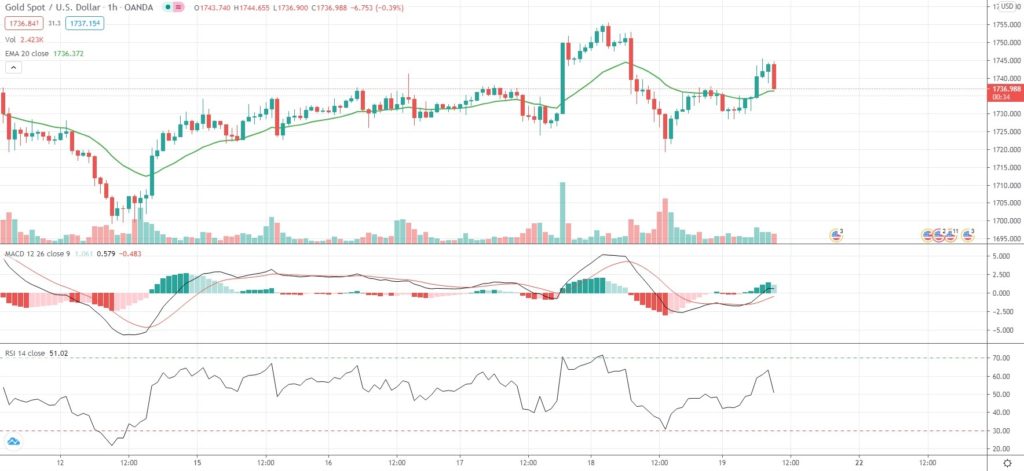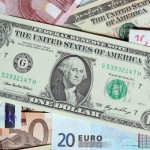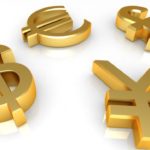After a 0.5% loss on Thursday, Spot Gold edged up on Friday, but upside seemed limited amid rising US bond yields after the Federal Reserve projected the strongest economic growth in four decades.
The US Dollar rebounded from lows unseen in two weeks as US bond yields held in proximity to an over one-year peak, which weighed on non-yielding Gold.
“The dollar is reacting to higher yields like it normally does, but it’s also reacting to a stronger U.S. economic situation that seems to be picking up at a quicker pace,” Stephen Innes, chief global market strategist at Axi, was quoted as saying by Reuters.
“If the economy gets stronger and there’s still no inflation, that is bad for gold,” Innes added.
At its policy meeting earlier this week, the Federal Reserve pledged to continue with massive monetary stimulus, while policymakers noted that a near-term surge in inflation would probably be temporary.
“Gold’s upside looks limited by rising yields and buoyant risky assets… Talks around tapering asset purchases will be the key headwind later this year,” ANZ analysts wrote in an investor note.
As of 9:58 GMT on Friday Spot Gold was edging up 0.11% to trade at $1,738.17 per troy ounce, while moving within a daily range of $1,728.54-$1,745.43 per troy ounce. The precious metal looked set to register its second straight week of gains, being up 0.68%. Gold has edged up 0.22% so far in March, following a 6.14% drop in February.
Meanwhile, Gold futures for delivery in April were edging up 0.44% on the day to trade at $1,740.10 per troy ounce, while Silver futures for delivery in May were down 0.76% to trade at $26.150 per troy ounce.
The US Dollar Index, which reflects the relative strength of the greenback against a basket of six other major currencies, was edging down 0.13% to 91.74 on Friday, while rebounding from yesterday’s two-week low of 91.30.
Near-term investor interest rate expectations were without change. According to CME’s FedWatch Tool, as of March 19th, investors saw a 95.6% chance of the Federal Reserve keeping borrowing costs at the current 0%-0.25% level at its policy meeting on April 27th-28th, or unchanged compared to March 18th.
Daily Pivot Levels (traditional method of calculation)
Central Pivot – $1,737.08
R1 – $1,754.92
R2 – $1,773.40
R3 – $1,791.23
R4 – $1,809.06
S1 – $1,718.60
S2 – $1,700.77
S3 – $1,682.29
S4 – $1,663.80






